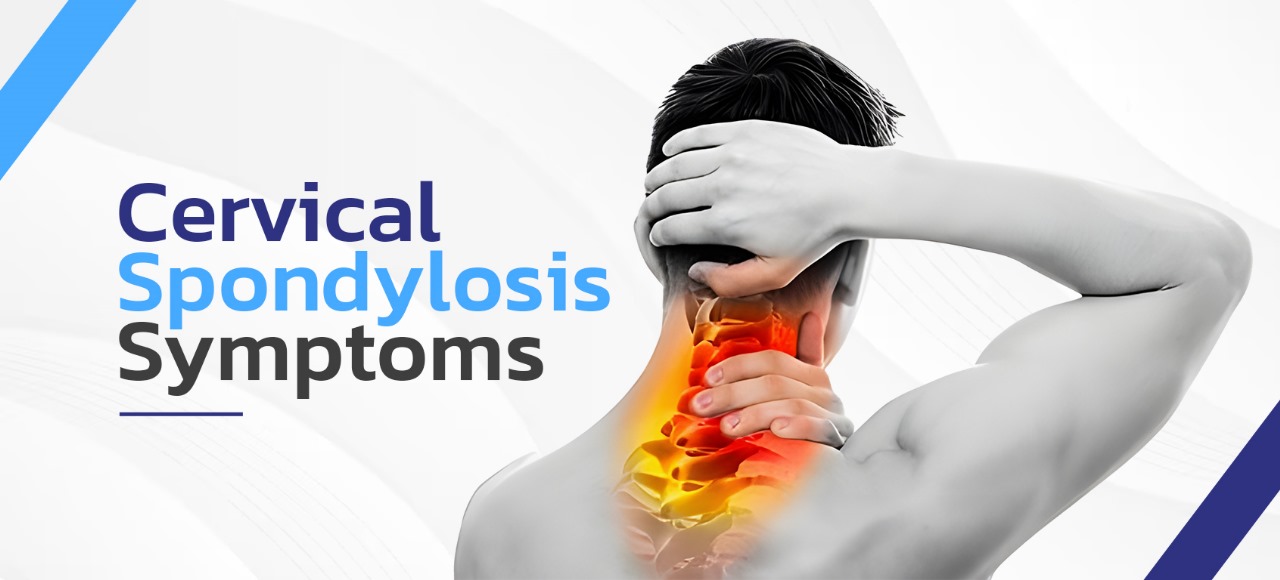
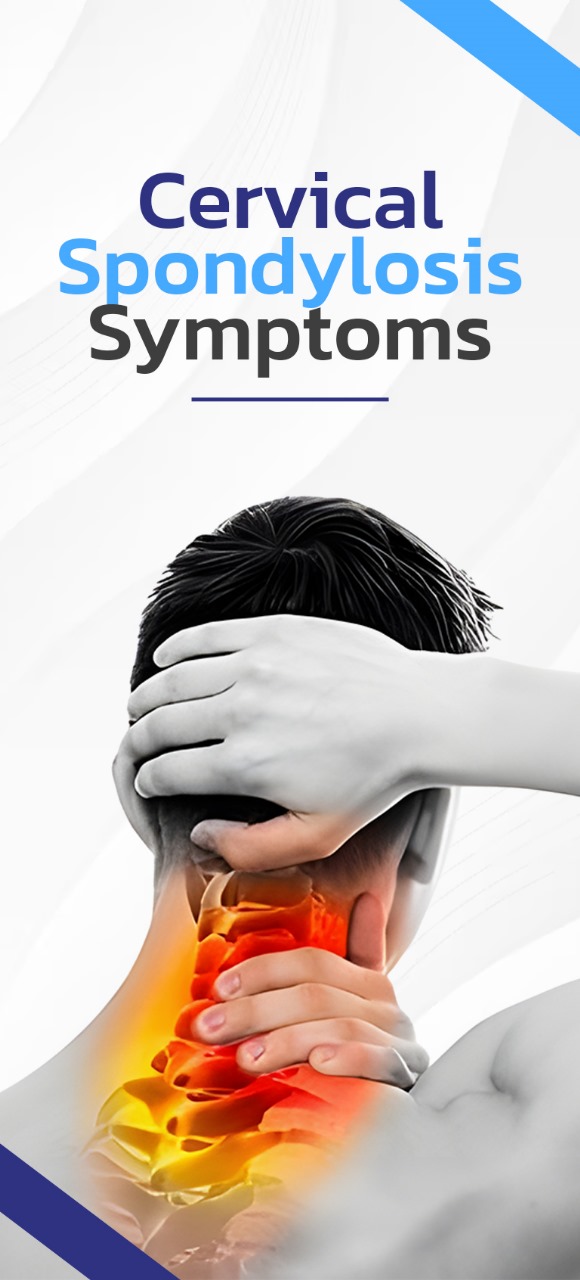
Understanding Cervical Spondylosis: Causes, Symptoms, and Treatments
Cervical spondylosis is a common, age-related condition that affects the neck’s vertebrae and discs. As we age, the wear and tear on these structures can lead to discomfort, pain, and a range of other symptoms. This condition is particularly relevant for older adults but can also affect younger individuals due to certain risk factors. Understanding Cervical spondylosis symptoms is crucial for anyone experiencing neck pain or related symptoms, as early diagnosis and treatment can significantly improve the quality of life.
What is Spinal Tuberculosis?
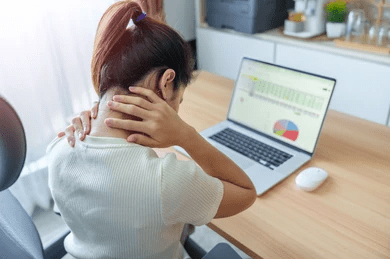
Definition and Overview
Cervical spondylosis, also known as neck arthritis or cervical osteoarthritis, is a degenerative condition affecting the cervical spine. This condition involves the deterioration of the vertebrae, discs, and joints in the neck. The changes can lead to the formation of bone spurs, disc herniation, and other issues that may compress spinal nerves or the spinal cord itself. Cervical spondylosis is prevalent among older adults but can also affect younger individuals due to certain risk factors.
Cervical spondylosis in Thane is extremely common. According to studies, more than 85% of people over the age of 60 are affected by this condition to some degree. It can start as early as age 30 and becomes more prevalent as people age. Despite its high prevalence, many people may not experience significant symptoms, while others may have chronic pain and disability.
Causes and Risk Factors
Causes of cervical spondylosis are primarily caused by age-related wear and tear. but several other factors can increase the risk of developing this condition-
- Age-related wear and tear: Over time, the discs in the spine can dehydrate and shrink, leading to bone spurs and other changes that contribute to cervical spondylosis. The ligaments in the spine can also become stiffened, exacerbating the problem.
- Genetic predisposition: A family history of neck problems can increase the likelihood of developing cervical spondylosis. Certain genetic factors can make individuals more prone to disc degeneration and bone spur formation.
- Lifestyle factors: Poor posture, lack of exercise, smoking, and repetitive neck movements can contribute to the condition. People with jobs or hobbies requiring repetitive neck motions or spending a lot of time in awkward positions are at higher risk.
- Previous neck injuries: Trauma to the neck, such as whiplash from a car accident, can accelerate the degenerative process and lead to earlier onset of cervical spondylosis.
- Occupational hazards: Jobs that require heavy lifting or overhead work can place additional stress on the neck and spine, increasing the risk of spondylosis.
Common Symptoms of Cervical Spondylosis

Neck Pain and Stiffness
One of the most common symptoms of cervical spondylosis is neck pain. This pain can range from mild discomfort to severe, debilitating pain. It is often described as a chronic, dull ache that can become sharper during movement. Stiffness often accompanies this pain, making it difficult to move the neck freely. The stiffness typically worsens in the morning or after periods of inactivity and can affect the ability to perform everyday tasks.

Headaches
Cervical spondylosis causes headaches, particularly tension headaches. These headaches result from muscle strain and stress in the neck. The pain often radiates from the neck to the back of the head and sometimes to the forehead, temples, and behind the eyes. In some cases, these headaches can be severe and debilitating, affecting concentration and productivity.
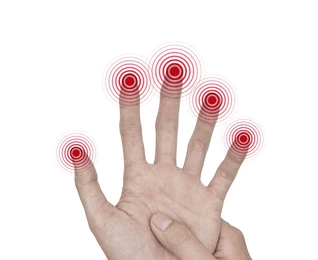
Numbness and Tingling
Nerve compression from cervical spondylosis can cause numbness and tingling in the arms, hands, and fingers. These sensations, often referred to as paresthesia, are due to the pressure on the nerves that exit the spinal column. The areas of the body commonly affected include the shoulders, arms, hands, and fingers. These symptoms can be intermittent or constant and may worsen with certain activities or positions.
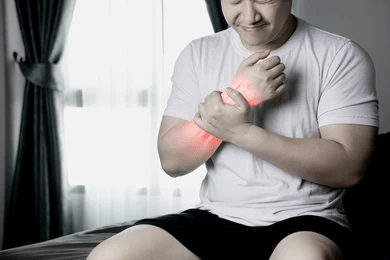
Muscle Weakness
As cervical spondylosis progresses, it can lead to muscle weakness, particularly in the arms and legs. This occurs because the nerves that control muscle movements are compressed or damaged. Muscle weakness can affect everyday activities, making it difficult to lift objects, grip tools, or even walk. In severe cases, the weakness can progress to significant disability, impacting the individual’s overall quality of life.
How to diagnose cervical spondylosis
Medical History and Physical Examination
Diagnosing cervical spondylosis begins with a thorough medical history and physical examination. During the consultation, healthcare providers will ask about the patient’s symptoms, medical history, and any previous neck injuries. They will perform physical tests to assess neck movement, muscle strength, and nerve function. These tests help to identify any abnormalities and the extent of the condition.
The doctor may also inquire about the patient’s daily activities, occupation, and lifestyle habits that could contribute to neck strain. Understanding the patient’s overall health and any other medical conditions is crucial for accurate diagnosis and treatment planning.
Imaging Tests
Imaging tests such as X-rays, MRIs, and CT scans are crucial for diagnosing cervical spondylosis. These tests provide detailed images of the spine and help doctors visualize the extent of the degeneration and any structural abnormalities.
- X-rays: These images can show bone spurs, disc space narrowing, and other changes in the vertebrae.
- MRI: This imaging test provides detailed images of the soft tissues, including discs and nerves, helping to identify disc herniation, spinal cord compression, and nerve root involvement.
- CT scans: These scans offer a more detailed view of the bone structures and can help identify smaller bone spurs and other changes that may not be visible on X-rays.
Neurological Exams
Neurological exams are essential for a comprehensive diagnosis. These tests evaluate nerve function and are crucial for assessing the impact of cervical spondylosis on the nervous system. During a neurological exam, doctors will test reflexes, muscle strength, sensory function, and coordination. These tests help determine the extent of nerve involvement and identify any areas of weakness or numbness.
How I Know That I Am Suffering From Cervical Spondylosis
Understanding whether you are suffering from cervical spondylosis involves recognizing the signs and symptoms of the condition. If you experience persistent neck pain, stiffness, and limited range of motion, it may be indicative of cervical spondylosis. Additionally, headaches originating from the neck, numbness, tingling in the arms or hands, and muscle weakness are also common symptoms.
If these symptoms are present, it is important to consult a healthcare provider who can conduct a thorough medical evaluation. They will ask about your symptoms, perform physical and neurological exams, and may order imaging tests to confirm the diagnosis. Early detection and treatment are key to managing cervical spondylosis and preventing further complications.
Candidates for Cervical Spondylosis
Certain individuals are more likely to develop cervical spondylosis based on several risk factors. Candidates for cervical spondylosis typically include-
- Older adults: The risk of cervical spondylosis increases with age due to the natural degeneration of the spine.
- Individuals with a family history: Those with relatives who have had cervical spondylosis or other degenerative spine conditions may be more predisposed to developing it.
- People with certain lifestyles: Individuals who lead sedentary lifestyles, have poor posture or engage in repetitive neck movements are at higher risk.
- Smokers: Smoking can reduce blood flow to the discs, leading to faster degeneration.
Those with previous neck injuries: Individuals who have experienced neck trauma, such as whiplash, are more likely to develop cervical spondylosis.People in certain occupations: Jobs that require heavy lifting, overhead work, or prolonged periods of sitting can increase the risk. Recognizing these risk factors and taking preventive measures, such as maintaining good posture, staying active, and avoiding smoking, can help reduce the risk of developing cervical spondylosis.
Early diagnosis is critical for managing cervical spondylosis effectively. Timely intervention can prevent the condition from progressing and reduce the risk of severe complications.
Treatment Options for Cervical Spondylosis Symptoms
Conservative Treatments
Initial treatment for cervical spondylosis often involves conservative measures. These treatments aim to reduce pain, improve mobility, and enhance the patient’s quality of life.
- Physical therapy and exercises: Specific exercises can help improve neck strength and flexibility, reducing pain and stiffness. A physical therapist can design a customised exercise program to target the affected areas and improve overall spinal health.
- Pain management techniques: Heat and cold therapy, massage, and acupuncture can alleviate pain and discomfort. These treatments can be used in conjunction with other therapies to enhance their effectiveness.
Medications
Medications can provide relief from cervical spondylosis symptoms. They can help manage pain and inflammation, allowing patients to engage in physical therapy and other treatments more effectively.
- Over-the-counter pain relievers: Nonsteroidal anti-inflammatory drugs (NSAIDs) like ibuprofen and naproxen can reduce inflammation and pain. These medications are often the first line of treatment for mild to moderate symptoms.
- Prescription medications: For severe cases, doctors may prescribe muscle relaxants, antidepressants, or stronger pain medications. These medications can help manage more intense pain and muscle spasms that over-the-counter options cannot address.
Surgical Interventions
Surgery is considered when conservative treatments fail to provide relief or if there is significant nerve compression. Surgical options aim to relieve pressure on the spinal cord or nerves and stabilize the spine.
- Decompression surgery: This procedure involves removing bone spurs, herniated discs, or other structures that are compressing the nerves or spinal cord.
- Spinal fusion: This surgery involves joining two or more vertebrae together to stabilize the spine and reduce pain. It is often performed in conjunction with decompression surgery.
- Artificial disc replacement: In some cases, damaged discs can be replaced with artificial ones to maintain spine mobility and reduce pain.
Surgical interventions carry risks and are usually considered only when other treatments have been unsuccessful. A thorough evaluation by a spine specialist is essential to determine the best course of action.
Lifestyle and Home Remedies

Exercise and Stretching
Regular exercise and stretching are crucial for managing cervical spondylosis. Activities that promote flexibility and strength can help alleviate symptoms and prevent further deterioration. Simple neck exercises, such as neck tilts, stretches, and rotations, can improve mobility and reduce stiffness. Aerobic exercises like walking, swimming, and cycling can enhance overall fitness and support spinal health.
It is important to start slowly and gradually increase the intensity of exercises to avoid exacerbating symptoms. Consulting a physical therapist or a healthcare provider before starting a new exercise regimen is recommended to ensure the exercises are safe and effective.
Ergonomic Adjustments
Improving posture and making ergonomic adjustments at work and home can significantly reduce strain on the neck. Using supportive devices like ergonomic chairs, adjustable desks, and properly aligned computer monitors can help maintain proper posture and reduce neck strain. When sitting, it is important to keep the back straight, shoulders relaxed, and feet flat on the floor. Taking regular breaks to stretch and move around can also prevent stiffness and reduce the risk of developing cervical spondylosis symptoms.
Diet and Nutrition
A healthy diet supports joint health and overall well-being. Foods rich in omega-3 fatty acids, antioxidants, and vitamins can help reduce inflammation and support overall health. Omega-3 fatty acids, found in fish, flaxseeds, and walnuts, have anti-inflammatory properties that can help reduce pain and stiffness. Antioxidant-rich foods like fruits, vegetables, and nuts can protect against cellular damage and promote healing.
Supplements like glucosamine and chondroitin may also aid in joint health and reduce symptoms. These supplements are believed to support cartilage health and reduce pain in individuals with osteoarthritis. However, it is essential to consult a healthcare provider before starting any new supplements, as they may interact with other medications or have side effects.
Conclusion
Cervical spondylosis is a common condition that can cause significant discomfort and affect daily activities. Understanding the causes, symptoms, and treatment options is essential for managing this condition effectively. Early diagnosis and intervention can help prevent the condition from progressing and reduce the impact on the individual’s quality of life.
If you suspect you may be suffering from cervical spondylosis, consult a Spine Specialist doctor for a thorough evaluation and appropriate treatment plan. With the right approach with Cervical spondylosis in Thane , and including change in lifestyle , conservative treatments, and possibly surgical interventions, it is possible to manage cervical spondylosis effectively and maintain a better quality of life. Taking proactive steps to support neck health, such as regular exercise, ergonomic adjustments, and a healthy diet, can make a significant difference in managing symptoms and improving overall well-being.
FAQs
Candidates for cervical spondylosis include older adults, individuals with a family history of neck problems, people with poor posture or repetitive neck movements, smokers, those with previous neck injuries, and people in occupations involving heavy lifting or prolonged sitting.
Yes, lifestyle changes can significantly help manage symptoms. Regular exercise and stretching, ergonomic adjustments at work and home, maintaining good posture, and following a healthy diet rich in anti-inflammatory foods can alleviate symptoms and improve overall spinal health.
You should see a doctor if you experience persistent neck pain, stiffness, or any of the associated symptoms that interfere with your daily activities. Early diagnosis and treatment are crucial to managing the condition effectively and preventing further complications.
While cervical spondylosis cannot be entirely prevented due to its association with aging, you can reduce your risk by maintaining good posture, staying active, avoiding smoking, and using ergonomic tools to support your neck and spine during daily activities.
The prognosis varies. Many people with cervical spondylosis can manage their symptoms effectively with conservative treatments and lifestyle changes. In more severe cases, surgical intervention can provide significant relief. Early and proactive management is crucial for a better outcome.
If left untreated, cervical spondylosis can lead to chronic pain, significant loss of mobility, and severe nerve compression resulting in neurological deficits such as loss of balance, coordination, and in extreme cases, paralysis.
Yes, exercises focusing on strengthening and stretching the neck and shoulder muscles can be beneficial. A physical therapist can provide a tailored exercise program to help alleviate symptoms and improve neck mobility and strength.
Recovery time varies depending on the type of surgery and the individual’s overall health. Generally, it may take several weeks to a few months for full recovery. Physical therapy is often recommended to aid in the recovery process and improve outcomes.
